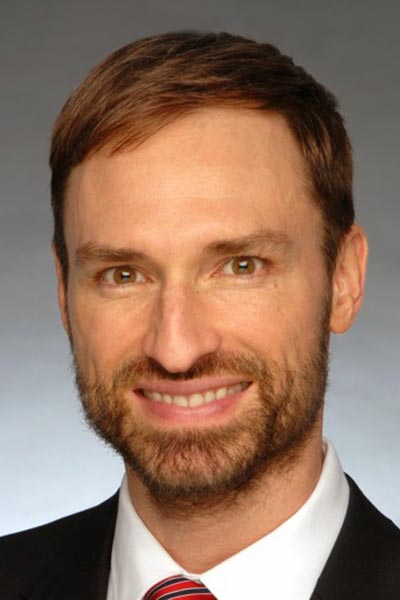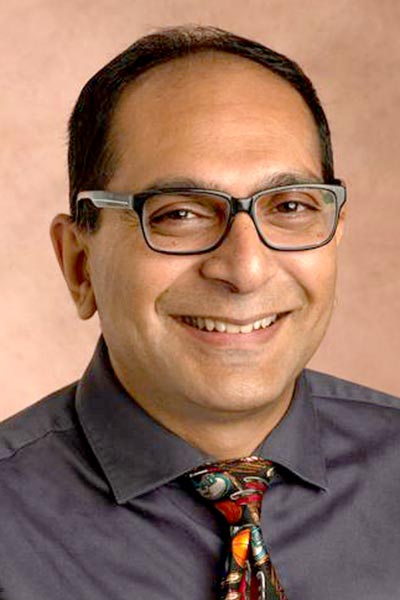The COVID-19 pandemic accelerated the use of telemedicine, resulting in a more than 98 percent increase in the number of U.S. users—from 21 million to 41.7 million—in April 2020 compared to all of 2019. Since then, the gains have been more modest, with increases of less than 20 percent in 2021 and 2022. Still, 64 million Americans are projected to use telemedicine in 2023, and rheumatologists are more likely to participate in telehealth visits than most other specialists.


“Rheumatologists, even though you have waned in your use of telemedicine, still are leading the charge here right now,” said Jack Cush, MD, Executive Editor, RheumNow.
Of all outpatient rheumatology visits, 17 percent are conducted via telemedicine. The only specialties where engagement in telemedicine surpasses rheumatology are psychiatry, substance-abuse disorder treatment, and endocrinology. Dr. Cush shared these trends in the Sunday, November 13, session Advancing Telemedicine in Rheumatology. The session is available for on-demand viewing for registered ACR Convergence participants through October 31, 2023, on the virtual meeting website.
“What we know, in general, from the papers that are out there and from the experience of many, is that remote healthcare, digital care, telehealth, telemedicine is non-inferior to face-to-face care for many conditions done by rheumatologists,” Dr. Cush said.
He noted that remote visits have proved to be particularly effective for patients who are stable in remission and patients with low disease activity who need monitoring, as well as for follow-up visits.

“Patients are telling us, the majority agree, telemedicine is best, but they also acknowledge it’s not appropriate for everything,” said William Benjamin Nowell, PhD, MSW, Director of Patient-Centered Research, Global Healthy Living Foundation.
More than half of patients (60 percent) report they prefer telemedicine for routine visits and to review bloodwork, Dr. Nowell continued. Many patients also prefer video visits to phone visits when participating in telehealth. They cite improved convenience, accessibility, and affordability of care among the benefits of telemedicine. Patient-reported drawbacks to telehealth include needing to have and knowing how to use the required technology and the lack of hands-on care that occurs at in-person visits.
With the goal of maintaining the best care when patients are behind a video screen or on the other end of a phone line, Rebecca Grainger, MBChB, PhD, FRACP, Professor of Medicine, University of Otago, New Zealand, was instrumental in the development of a video series to teach patients with rheumatoid arthritis how to conduct joint counts on themselves.

Studies have shown patients are consistent in performing these self-examinations, but data suggests patient training in joint counts improves reliability, she explained. Patients also need clear definitions of “swollen” and “tender.”
“They do not want details. They do not want to understand synovitis or the details of the pathophysiology,” Dr. Grainger said. “They want a very practical approach.”
Maria I. “Maio” Danila, MD, MSc, MPH, Associate Professor, University of Alabama at Birmingham (UAB), was involved in a systematic review of data from August 2015 to 2022 to measure the effectiveness of telemedicine for patients living with rheumatic diseases, including rheumatoid arthritis, inflammatory arthritis, gout, osteoporosis, osteoarthritis, and lupus. Adult and pediatric patients were included.

“The common theme was that telemedicine was feasible and highly effective versus usual care for issues such as patient satisfaction, for quality of life, for cost cutting or cost savings,” she said. “However, points to consider are the fact that there are limitations to the study design. There was high overall risk of bias in the randomized controlled trials, and most of the studies were observational without the control group.”
Jeffrey Curtis, MD, MPH, MS, the Marguerite Jones Harbert-Gene Ball Endowed Professor of Medicine, UAB, discussed how remote therapeutic monitoring can be incorporated into a practice to improve quality of care and serve as an ancillary revenue source.
There is no universal approach to remote monitoring. The technology can adapt for a variety of diseases and clinical scenarios.
“You might do this with different technology, vendors, and platforms, but I’m excited that many of the tools that hitherto we’ve only used for research now can percolate to helping us improve patient care in an insurance reimbursable way,” Dr. Curtis said.

Neelkamal Soares, MD, Professor of Pediatric and Adolescent Medicine, Western Michigan University Homer Stryker MD School of Medicine, addressed some of the pitfalls of telemedicine. He cautioned that once the U.S. Department of Health and Human Services declares the COVID-19 pandemic over, telehealth regulations are likely to change in the U.S. Allowances that providers have been used to since the spring of 2020, such as those related to platforms that are not compliant with the Health Insurance and Portability and Accountability Act (HIPAA), commercial patient-facing platforms, audio feeds, and patient location, are likely to be revoked or significantly limited, he said.
“A lot of the regulations are coded as temporary, which means that they will revert to pre-pandemic,” Dr. Soares said.
WATCH ACR CONVERGENCE 2023 SESSIONS ON DEMAND
If you weren’t able to attend a session in person during ACR Convergence 2023, you haven’t missed out. All registered meeting participants receive on-demand access to scientific sessions through October 31, 2024.


